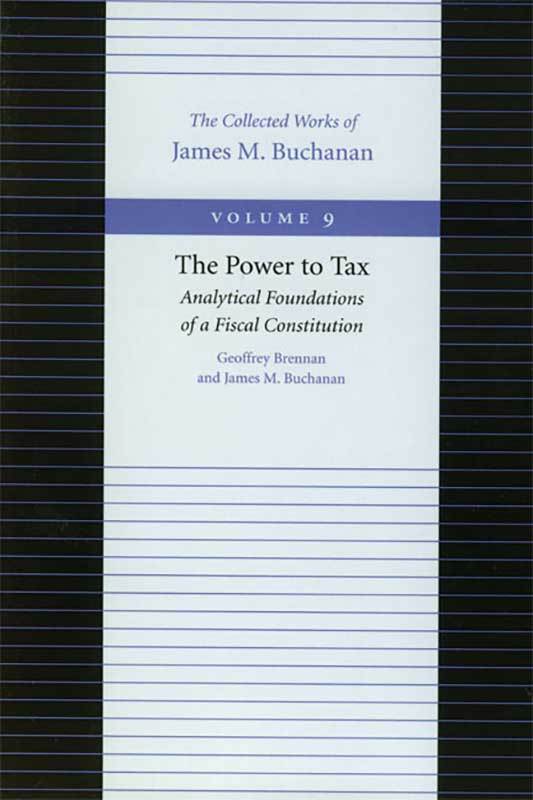
Part of: The Collected Works of James M. Buchanan in 20 vols. The Collected Works of James M. Buchanan, Vol. 9 (The Power to Tax)
- Geoffrey Brennan (author)
- James M. Buchanan (author)
Vol. 9 of The Collected Works. Originally published in 1980, The Power to Tax was a much-needed answer to the tax revolts sweeping across the United States. The public-choice approach to taxation which Buchanan had earlier elaborated stood in direct opposition to public-finance orthodoxy. What Buchanan and Brennan constructed in The Power to Tax was a middle ground between the two.